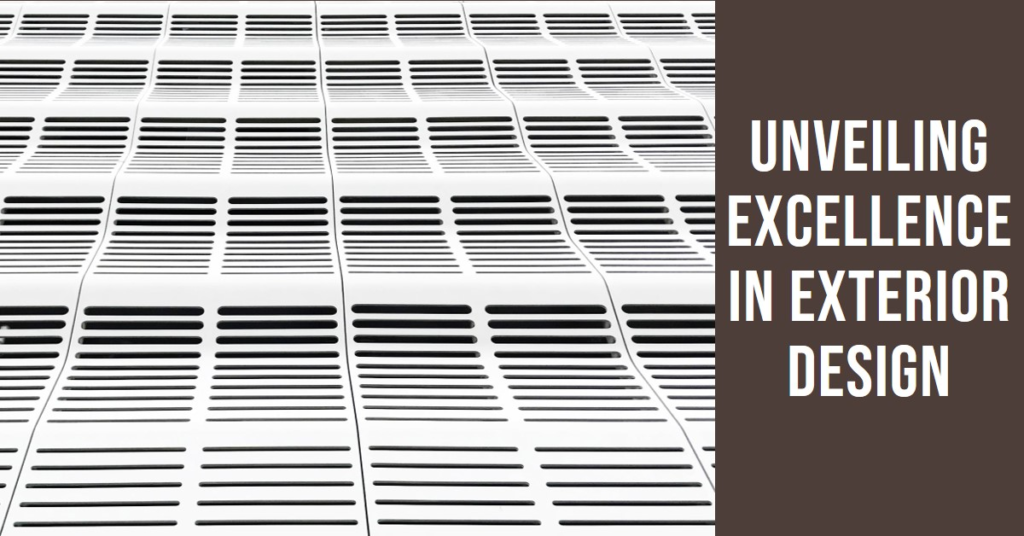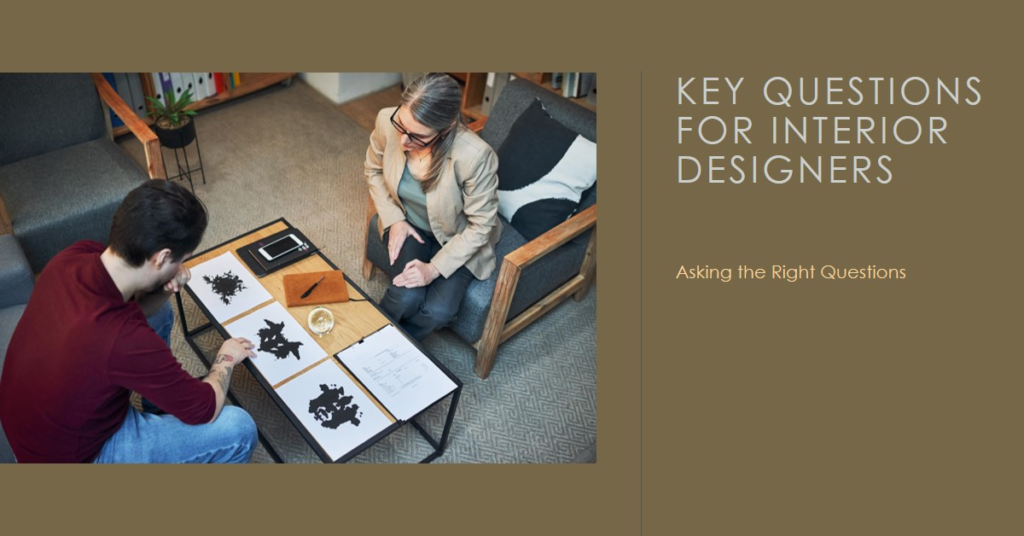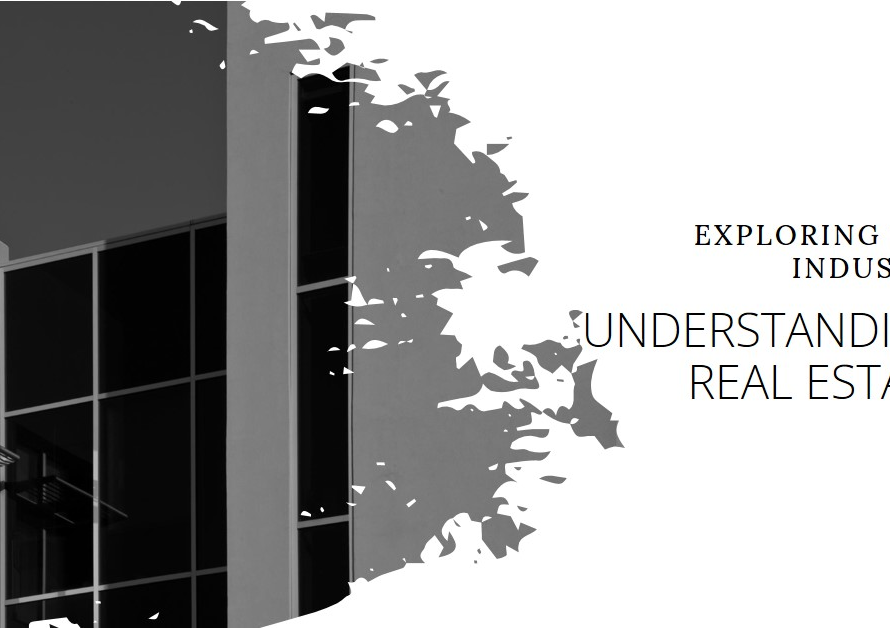
Table of Contents
- Introduction: The Art and Science of Exterior Design
- The Foundations of Exterior Design: Balance and Proportion
- Material Mastery: Choosing the Right Elements
- The Role of Color: Beyond Aesthetics
- Integrating Nature: Landscaping and Outdoor Spaces
- Lighting: Illuminating Beauty and Functionality
- Sustainable Design: The Future of Exterior Architecture
- Innovations in Exterior Design: Embracing Technology
- Cultural and Historical Context: Honoring the Past
- Conclusion: Crafting Timeless Exteriors
Introduction: The Art and Science of Exterior Design
In the world of architecture and design, exterior design stands as a testament to human creativity, engineering prowess, and aesthetic sensibility. It is the first impression a building offers, setting the stage for what lies within. The facade, landscaping, and external elements of a structure are more than mere decoration; they are integral components that contribute to the building’s identity and functionality. In this blog post, we will delve into the nuances of exterior design, exploring its principles, trends, and the elements that contribute to creating extraordinary exteriors.
The Foundations of Exterior Design: Balance and Proportion
Understanding the core principles of balance and proportion is crucial in exterior design. These principles ensure that the structure is aesthetically pleasing and harmonious with its surroundings. Balance can be symmetrical or asymmetrical. Symmetrical balance creates a mirror image on either side of the central axis, evoking a sense of formality and grandeur. Asymmetrical balance, on the other hand, offers a more dynamic and modern appeal by distributing visual weight unevenly yet cohesively.
Proportion relates to the relationship between different elements of the exterior design. It ensures that windows, doors, and other architectural features are scaled appropriately relative to the building’s size. Correct proportioning is essential in maintaining the visual integrity and appeal of the design. By mastering these foundational principles, designers can create exteriors that are both functional and visually striking.
Material Mastery: Choosing the Right Elements
The selection of materials is pivotal in exterior design, as it affects both aesthetics and performance. Materials should be chosen based on their durability, maintenance requirements, and compatibility with the overall design vision. Traditional materials such as brick, stone, and wood offer timeless appeal and can be used to evoke a sense of history and permanence. Conversely, modern materials like glass, steel, and composite panels lend themselves to contemporary designs, emphasizing sleekness and innovation.
Moreover, the combination of different materials can create visual interest and texture, adding depth to the facade. For instance, a combination of natural stone and glass can balance rustic charm with modern elegance. The key is to select materials that not only enhance the building’s aesthetic appeal but also contribute to its sustainability and functionality.
The Role of Color: Beyond Aesthetics
Color is a powerful tool in exterior design, influencing both the perception of the building and the emotions it evokes. The choice of color can make a structure stand out or blend seamlessly with its environment. Neutral tones such as whites, grays, and beiges are often used for their timeless elegance and versatility. They provide a clean backdrop that highlights architectural details and landscaping.
However, bold colors can make a statement and convey a building’s unique personality. Using color strategically can draw attention to certain features, create focal points, and establish a sense of place. It is essential to consider the building’s context, the surrounding environment, and the intended message when selecting colors for exterior design.
Integrating Nature: Landscaping and Outdoor Spaces
Landscaping is an integral part of exterior design, enhancing the visual appeal and functionality of outdoor spaces. A well-designed landscape complements the architecture, creating a seamless transition between the built environment and nature. Elements such as gardens, lawns, pathways, and water features contribute to a building’s aesthetic and provide areas for relaxation and recreation.
Furthermore, incorporating native plants and sustainable landscaping practices can reduce maintenance needs and support local ecosystems. Thoughtful landscaping design considers seasonal changes, ensuring that the exterior remains attractive throughout the year. By integrating nature, designers can create harmonious and inviting exteriors that promote well-being and environmental sustainability.
Lighting: Illuminating Beauty and Functionality
Exterior lighting is more than a practical necessity; it is a critical element in enhancing the building’s nighttime appeal and ensuring safety. Effective lighting design highlights architectural features, creates ambiance, and guides movement around the property. There are various lighting options to consider, including pathway lights, spotlights, wall sconces, and landscape lighting.
Strategically placed lighting can accentuate textures, colors, and forms, transforming the exterior after dark. Additionally, energy-efficient lighting solutions, such as LED fixtures, can reduce energy consumption and minimize environmental impact. Properly designed exterior lighting not only beautifies the building but also enhances security and usability.


Sustainable Design: The Future of Exterior Architecture
Sustainability is no longer a trend but a fundamental aspect of modern exterior design. Sustainable design practices aim to minimize environmental impact and promote resource efficiency. This can be achieved through the use of eco-friendly materials, energy-efficient systems, and green building techniques. For example, green roofs and walls can improve insulation, reduce stormwater runoff, and provide habitats for wildlife.
Solar panels and rainwater harvesting systems are other sustainable features that can be integrated into exterior design. These elements not only reduce the building’s carbon footprint but also offer long-term cost savings. Embracing sustainability in exterior design ensures that buildings are environmentally responsible and resilient to future challenges.
Innovations in Exterior Design: Embracing Technology
Advancements in technology have revolutionized exterior design, offering new possibilities for creativity and functionality. Building Information Modeling (BIM) allows designers to create detailed and accurate digital representations of their projects, facilitating better planning and collaboration. 3D printing and prefabrication techniques enable the creation of complex and customized architectural elements with precision and efficiency.
Smart home technologies can be integrated into exterior design, enhancing the building’s functionality and user experience. For instance, automated lighting, climate control, and security systems can be controlled remotely, providing convenience and energy savings. By leveraging technology, designers can push the boundaries of what is possible in exterior design, creating innovative and intelligent buildings.
Cultural and Historical Context: Honoring the Past
Exterior design is deeply influenced by cultural and historical context. Traditional architectural styles and motifs can be preserved or reinterpreted in modern designs, creating a dialogue between past and present. Understanding the cultural significance of certain design elements can inform more meaningful and respectful architectural solutions.
Incorporating historical details, such as ornamental moldings, arches, and columns, can pay homage to a building’s heritage and add character to the exterior. At the same time, contemporary reinterpretations of these elements can provide a fresh and innovative perspective. Balancing tradition and modernity allows for the creation of exteriors that are rich in history yet forward-thinking.
Conclusion: Crafting Timeless Exteriors
Excellence in exterior design is achieved through a harmonious blend of aesthetics, functionality, and innovation. By understanding and applying the principles of balance, proportion, material selection, color, landscaping, lighting, sustainability, technology, and cultural context, designers can create exteriors that are not only visually stunning but also enduringly relevant. The exterior of a building is its most public face, a reflection of its identity and an invitation to explore what lies within. As we continue to innovate and evolve in our design practices, the pursuit of excellence in exterior design remains a vital and inspiring endeavor.


